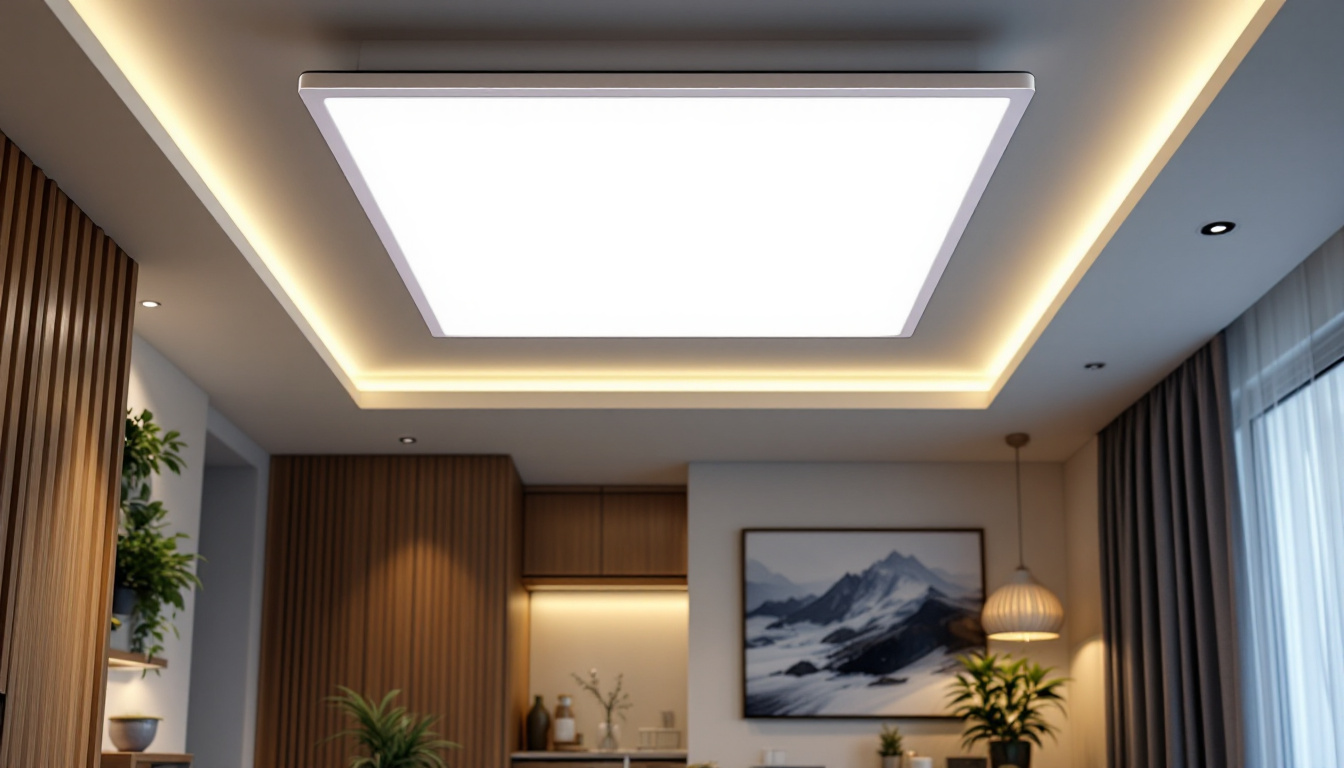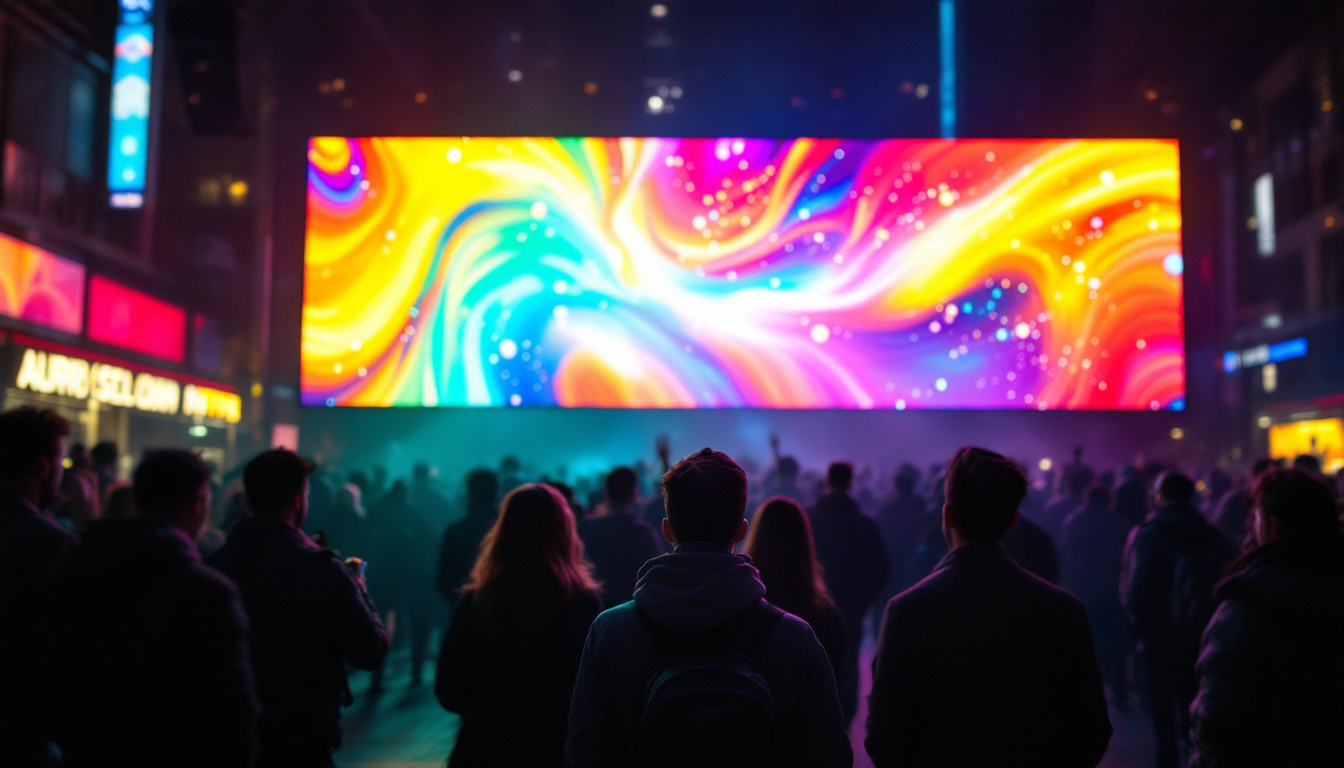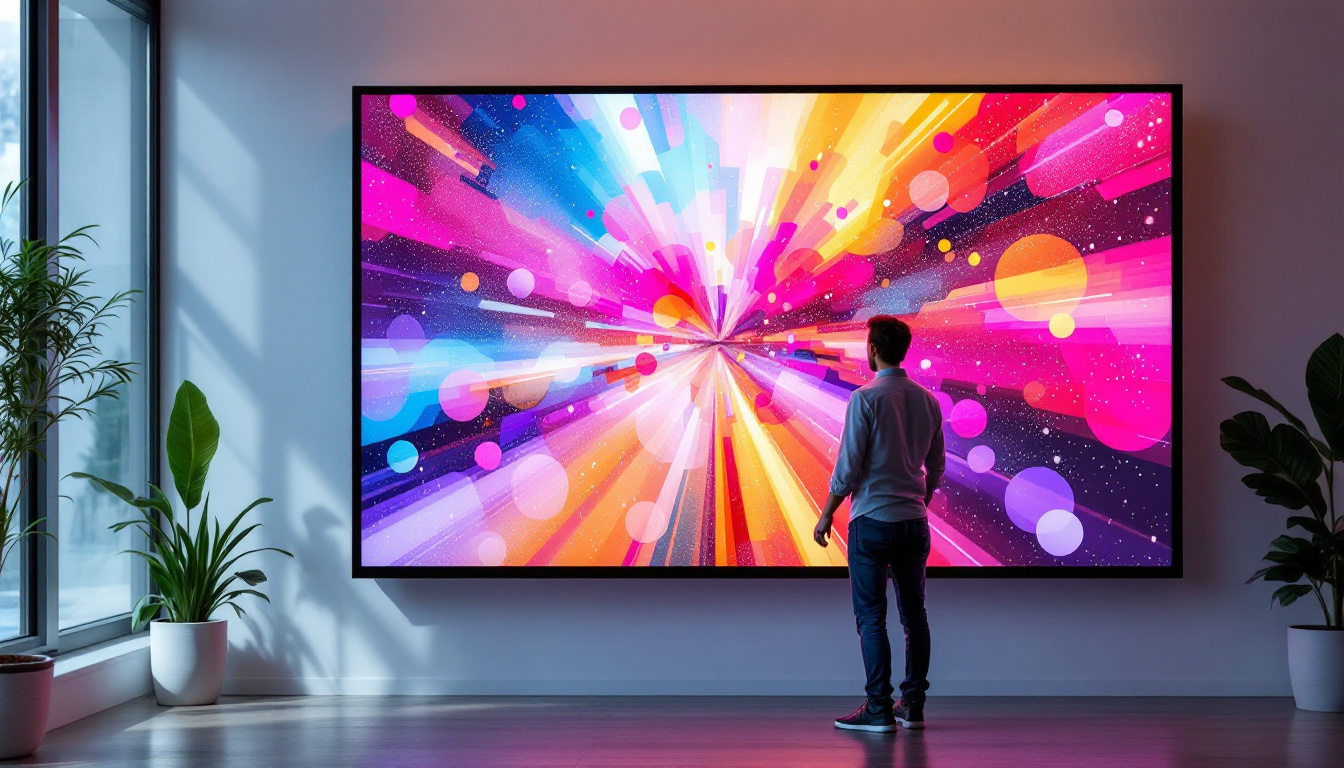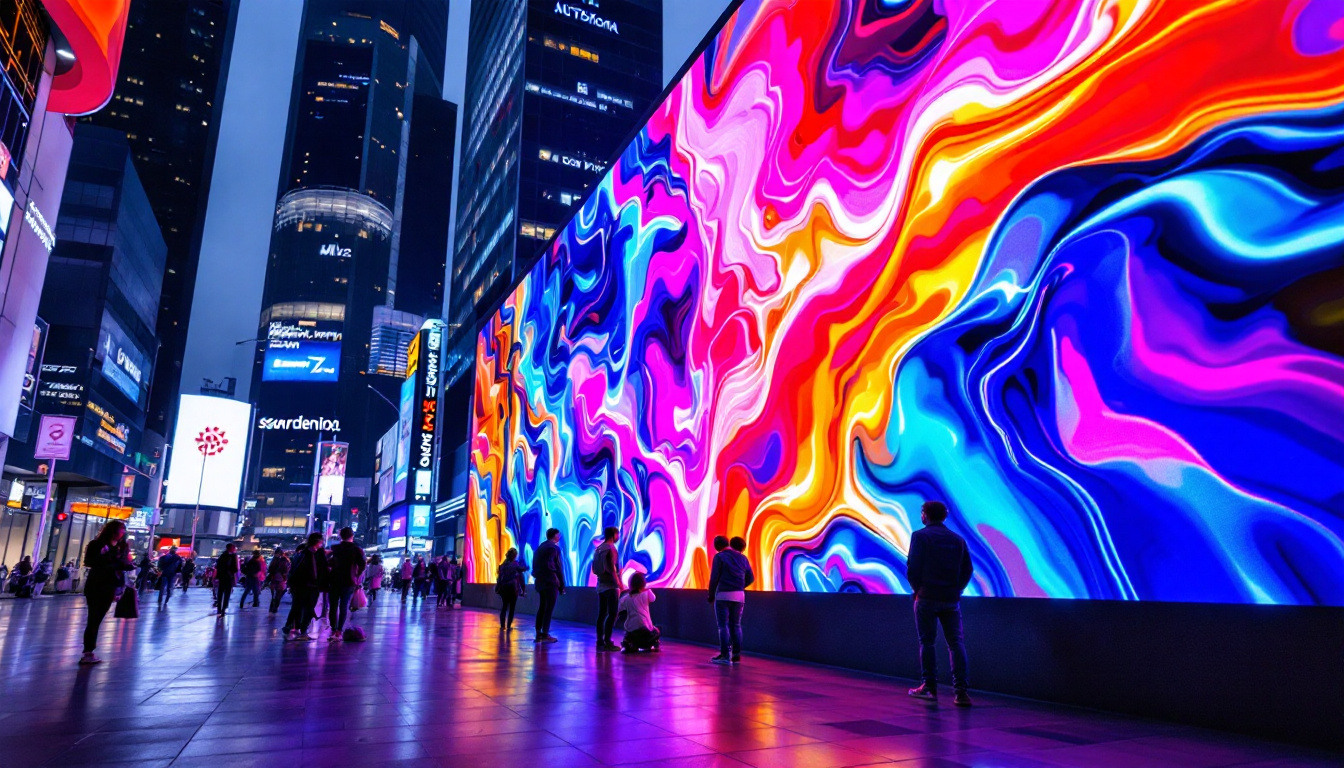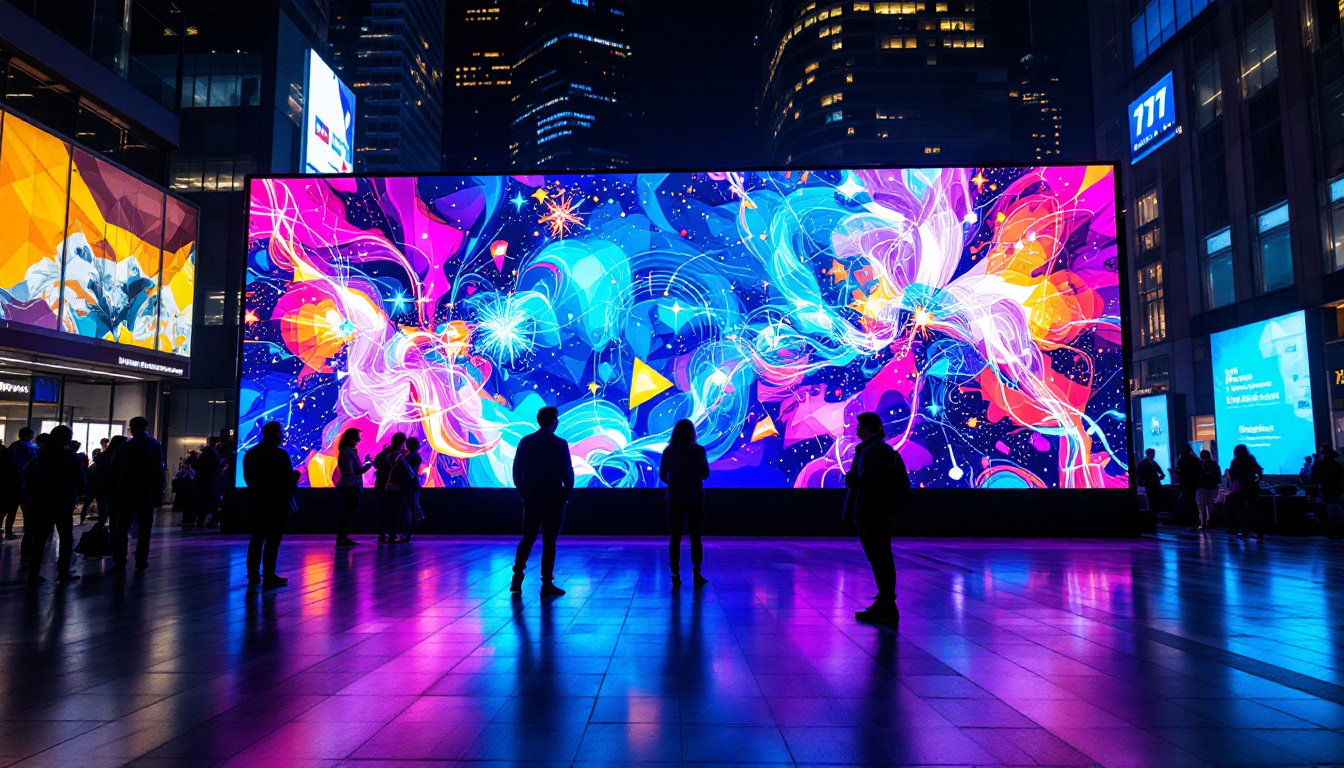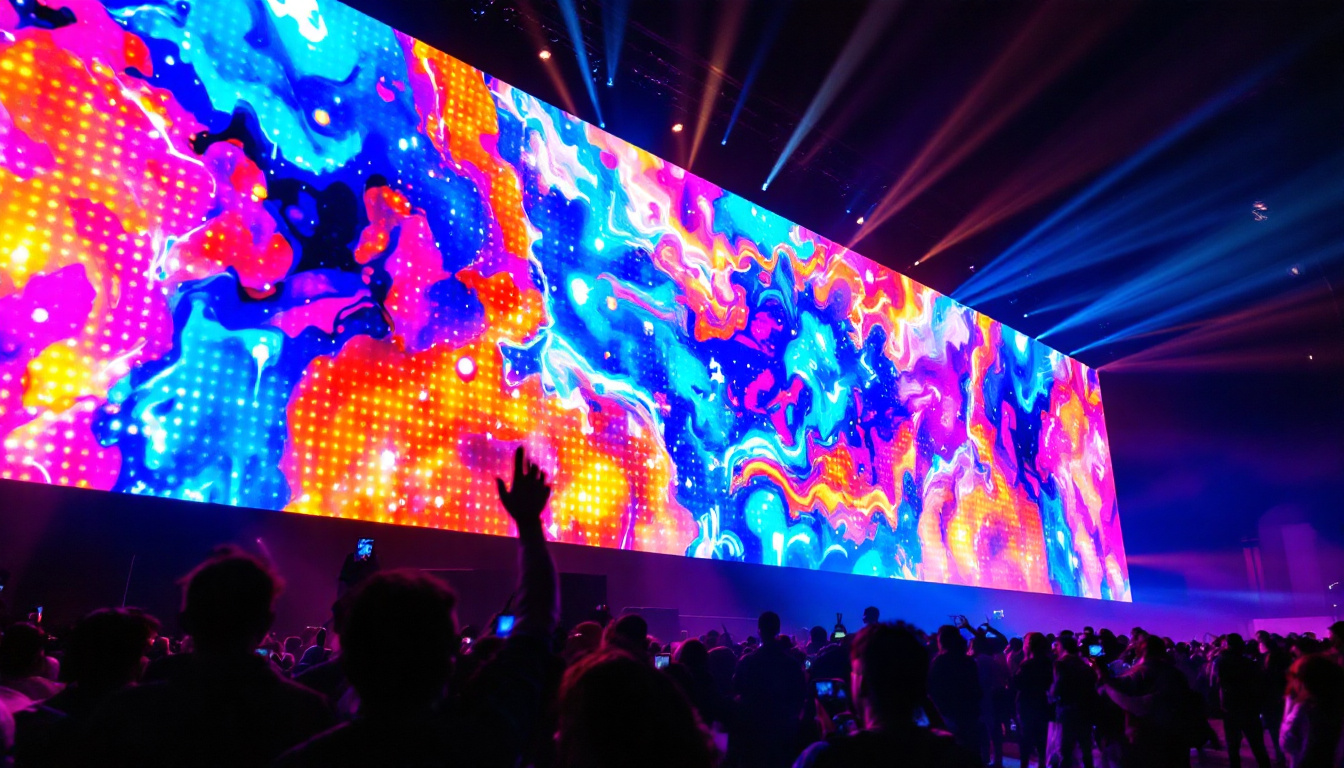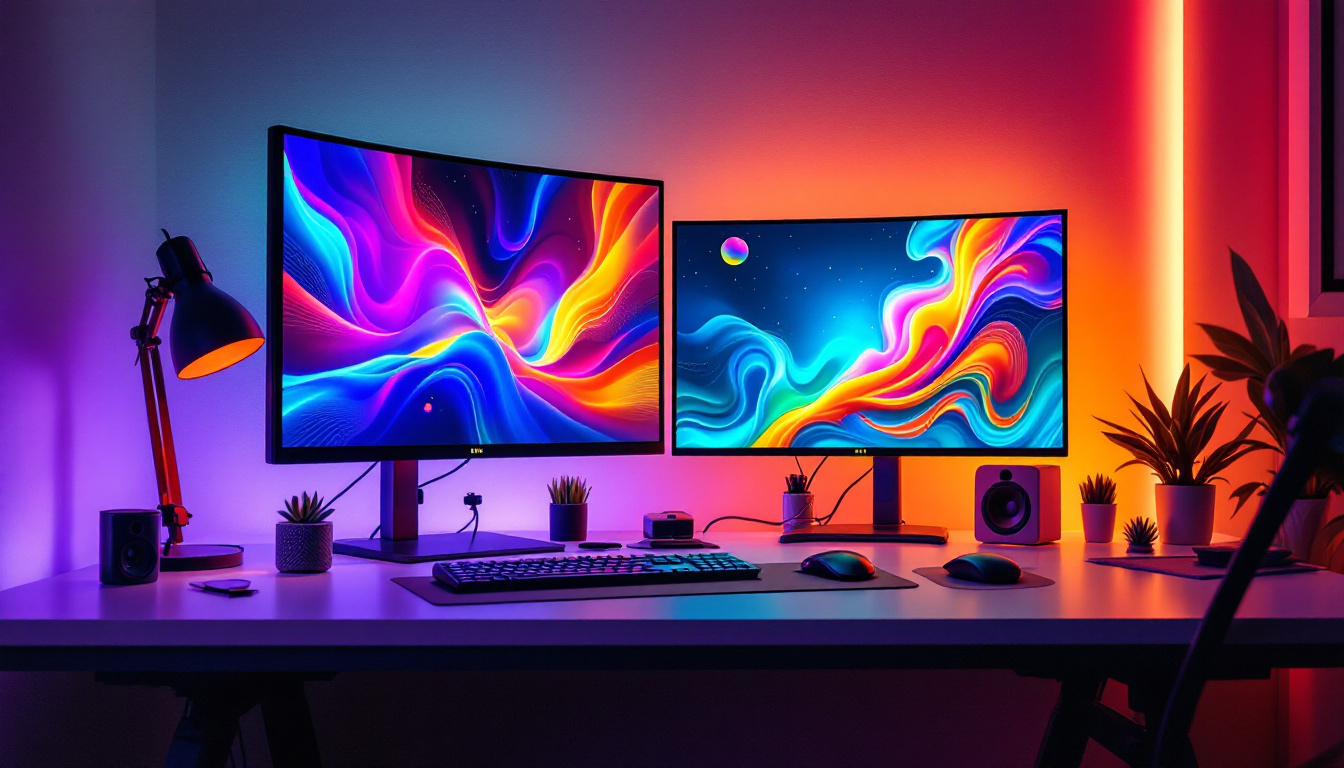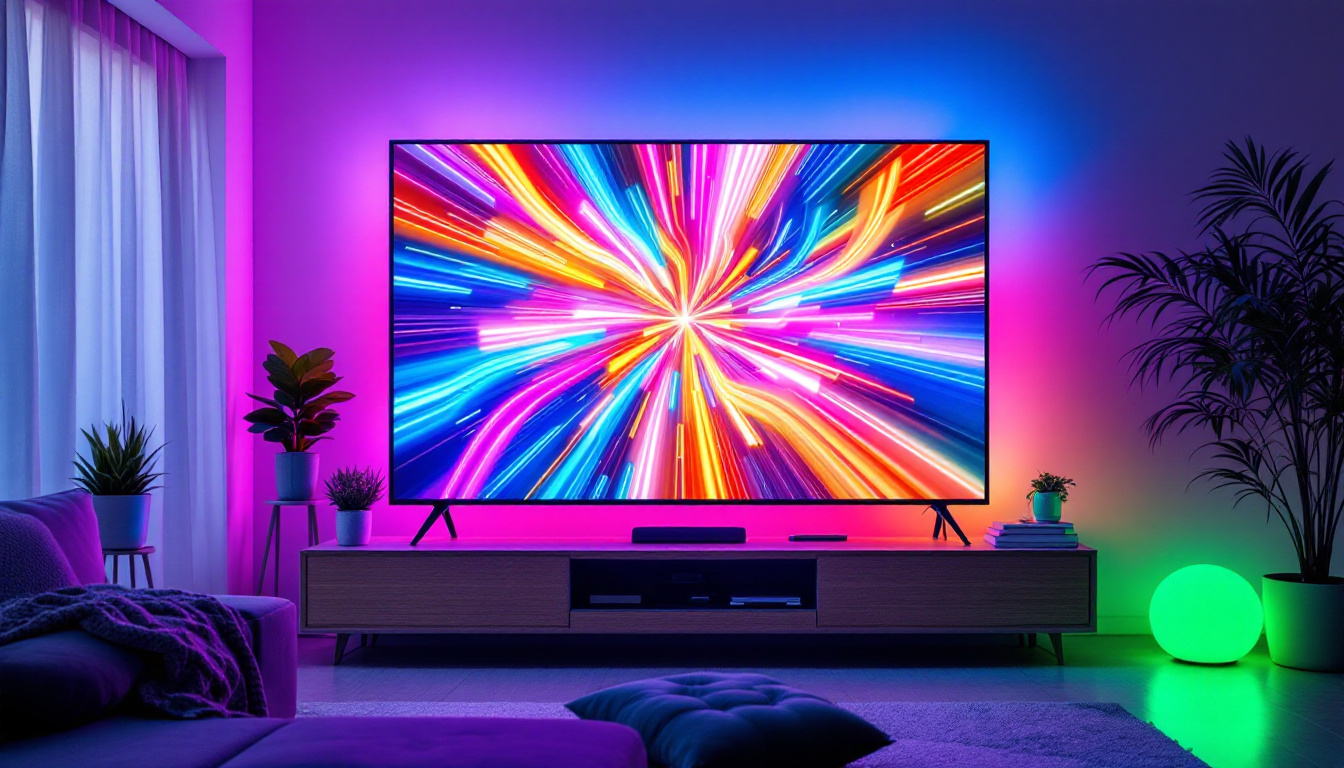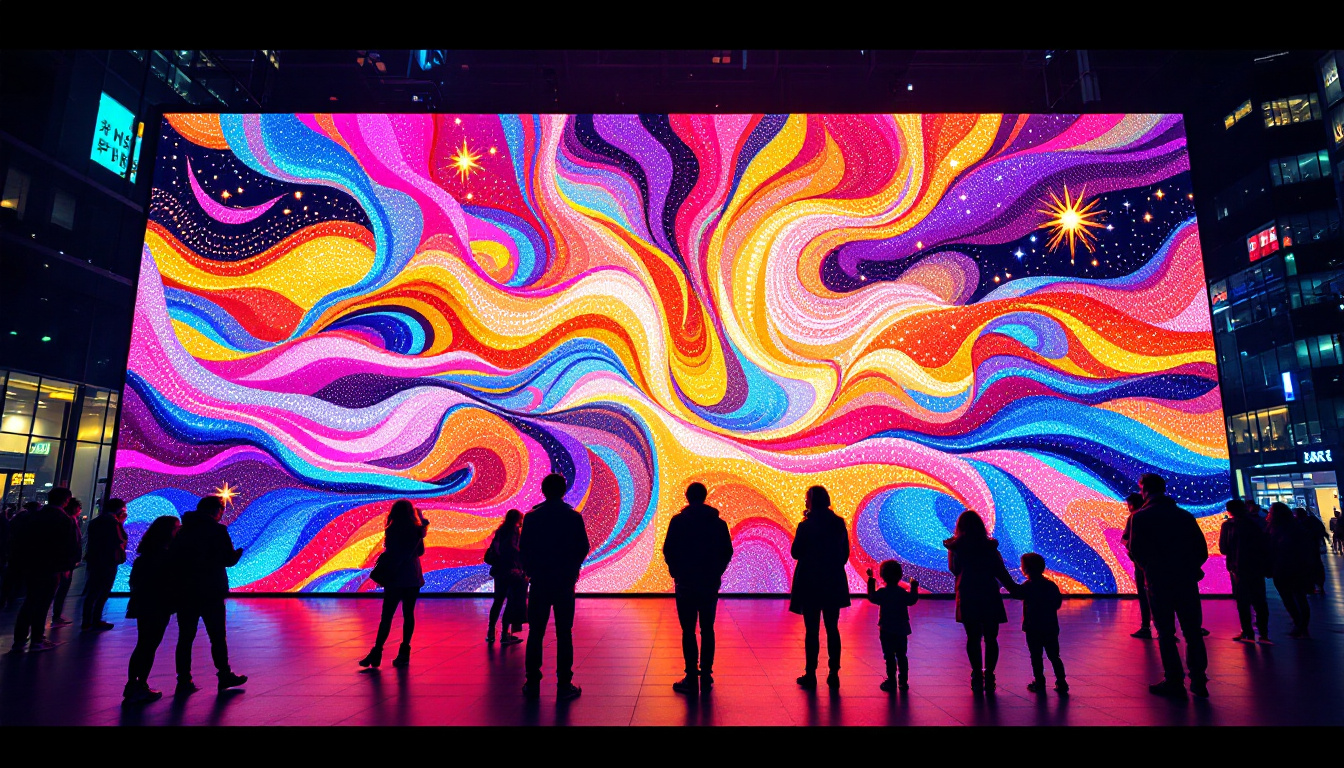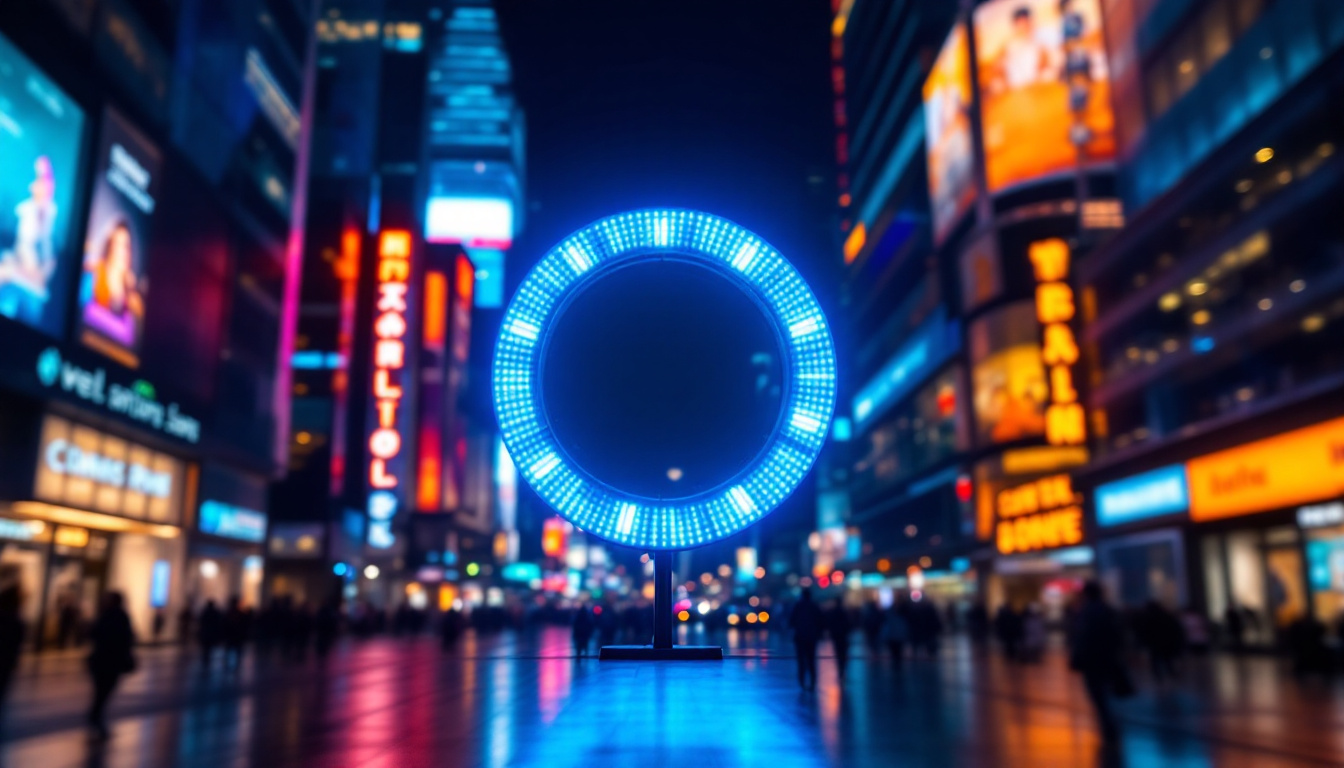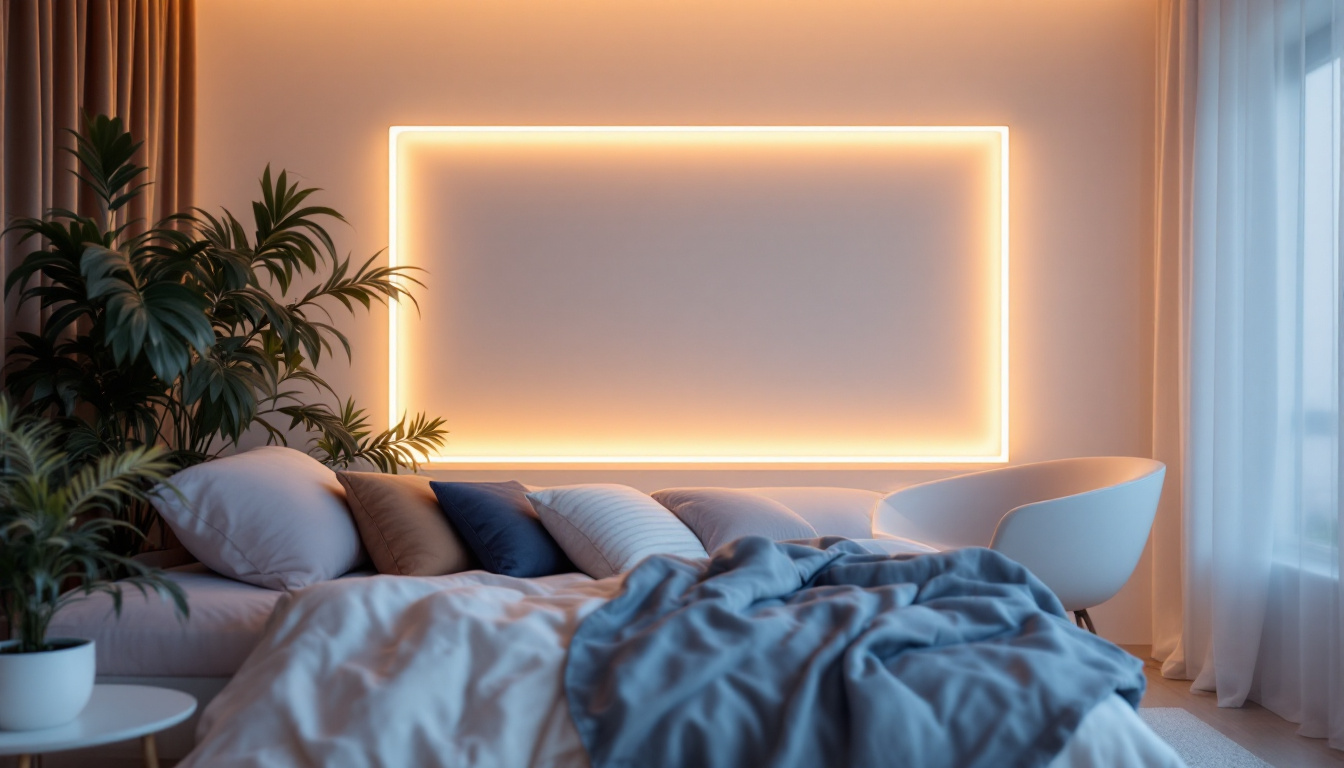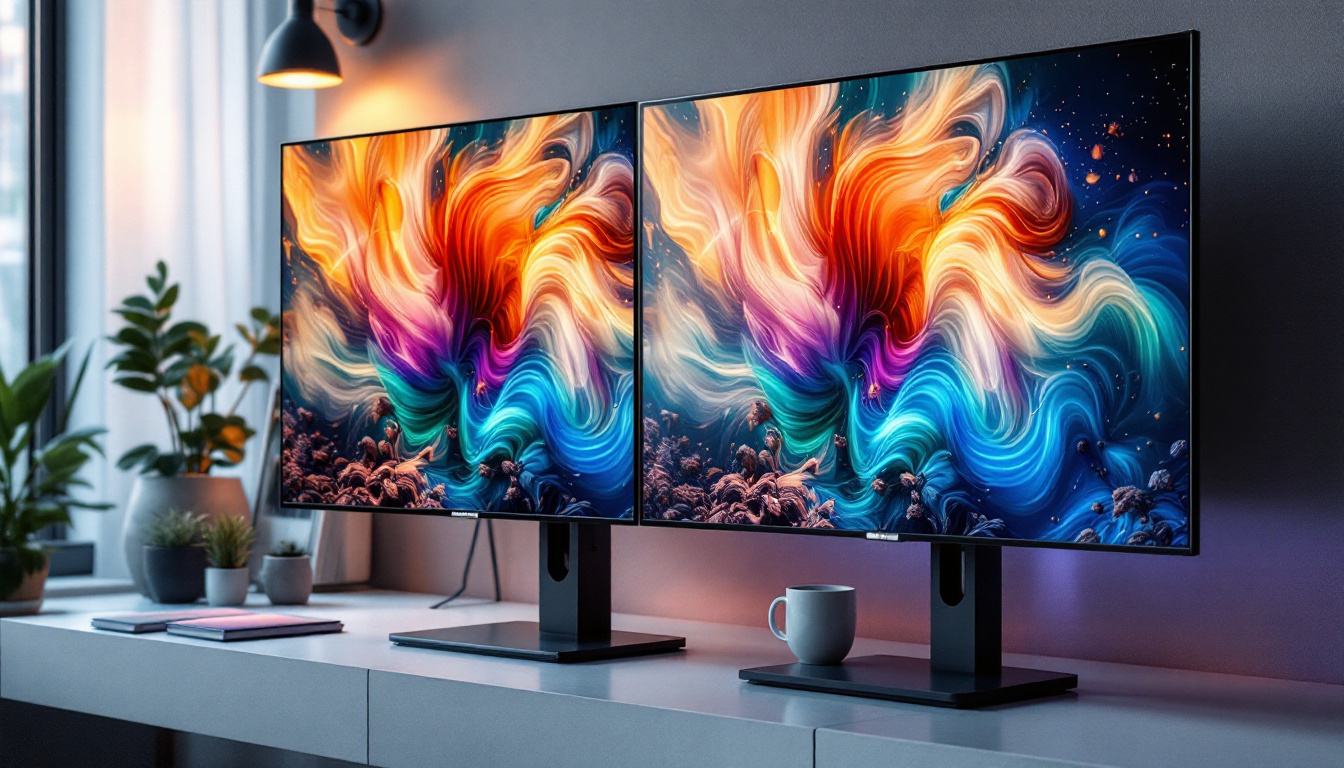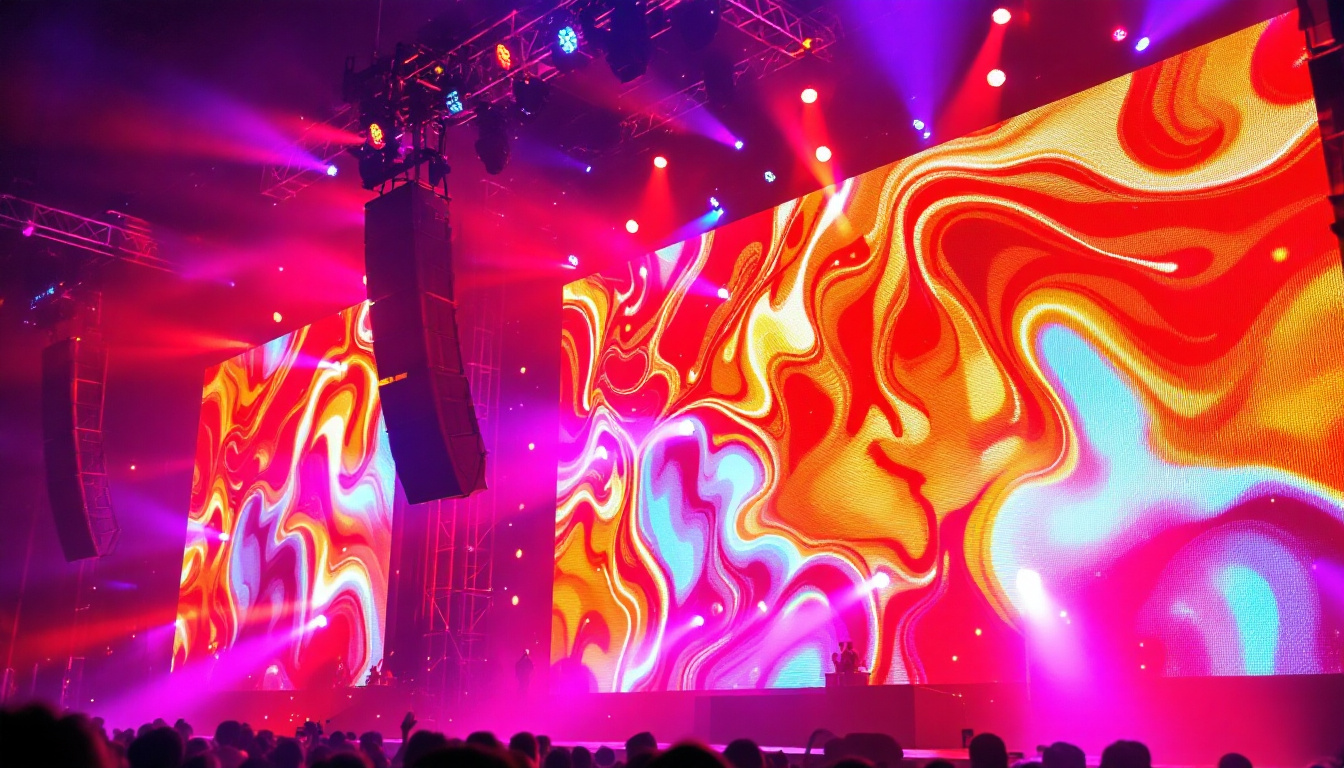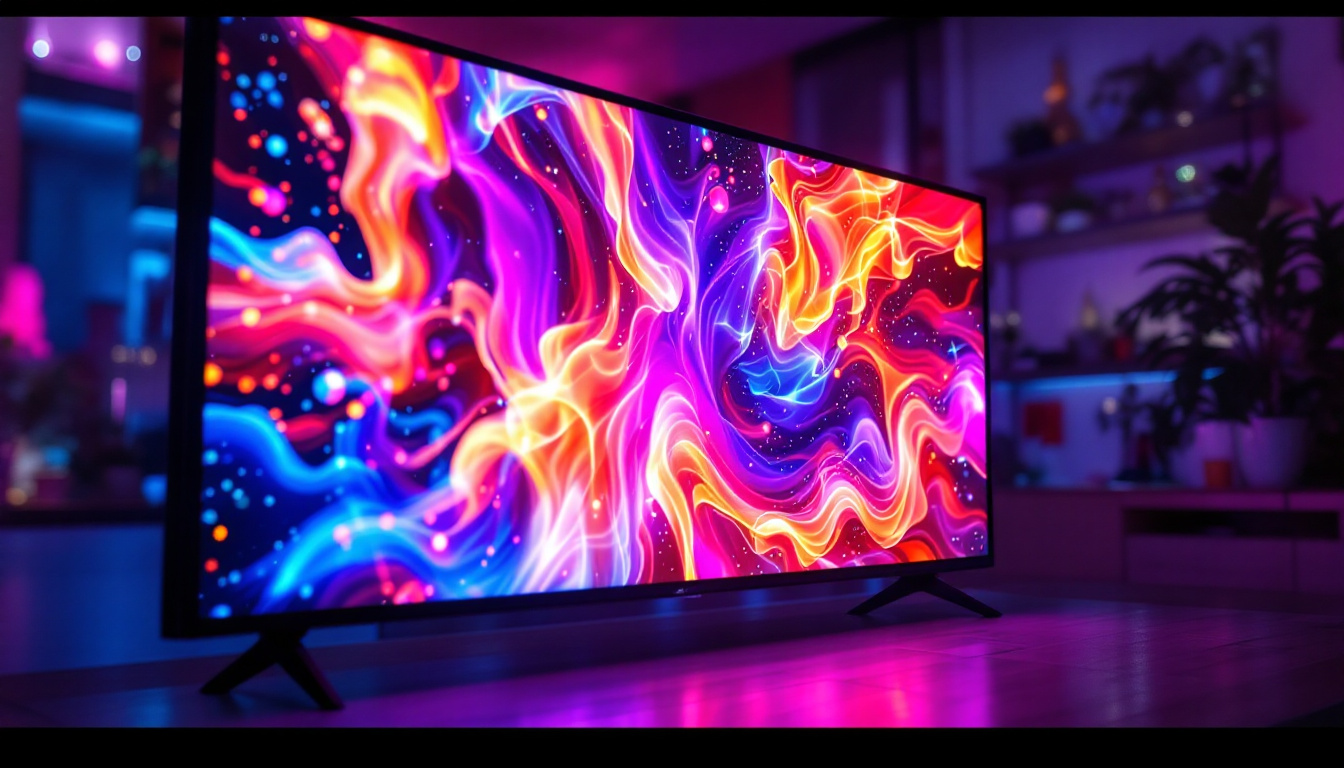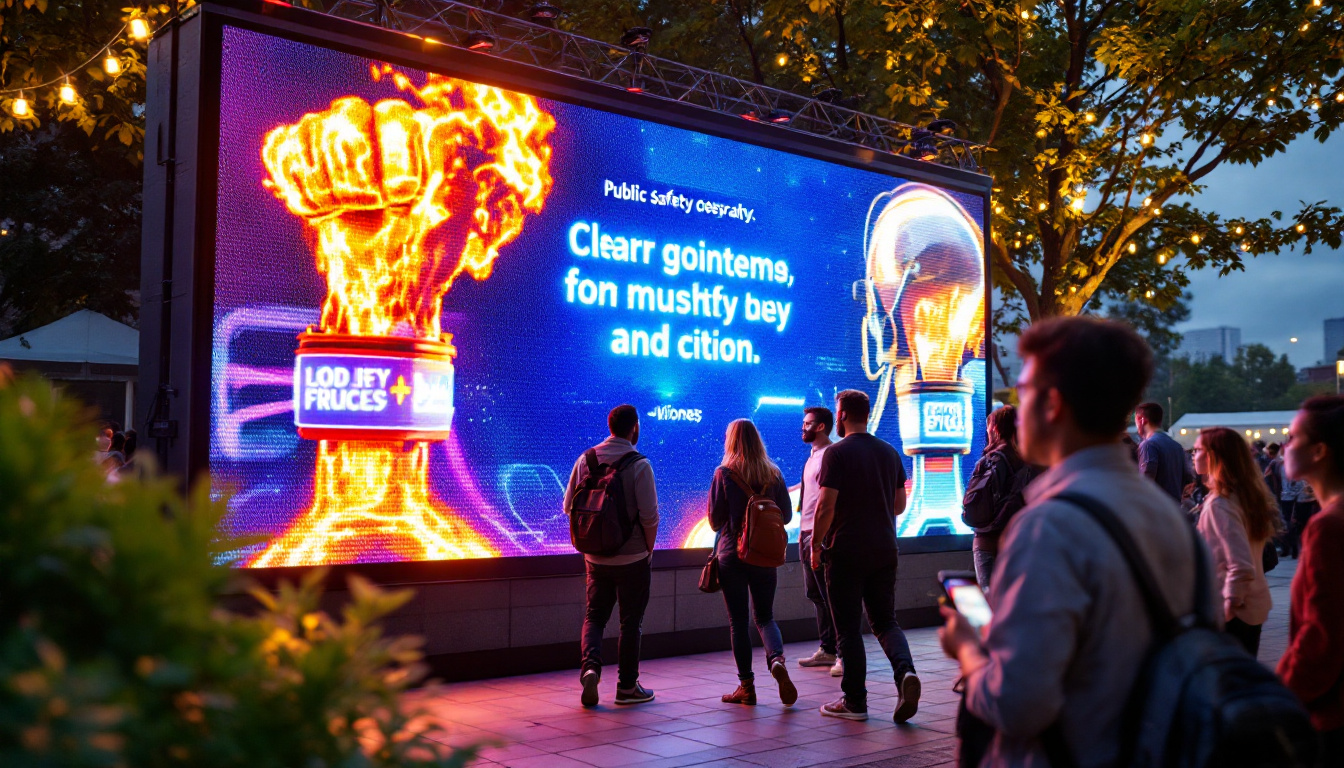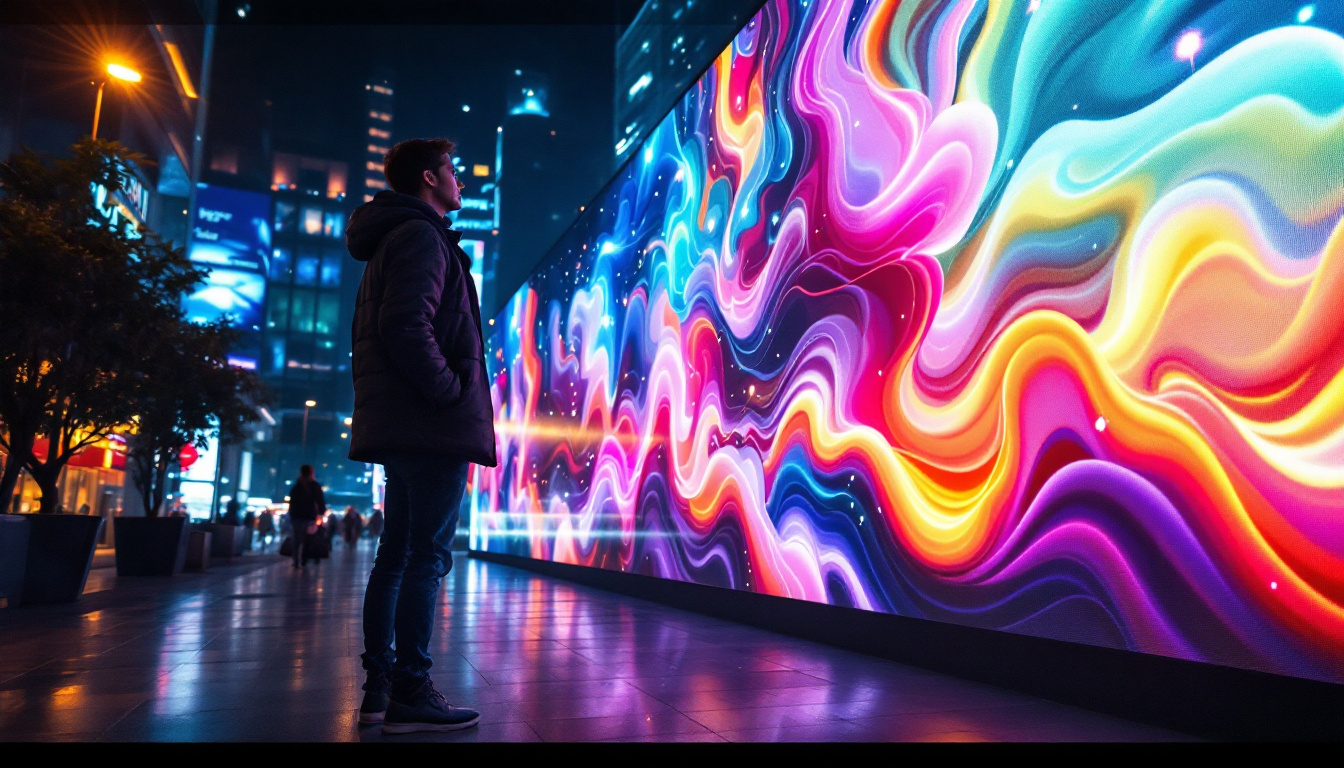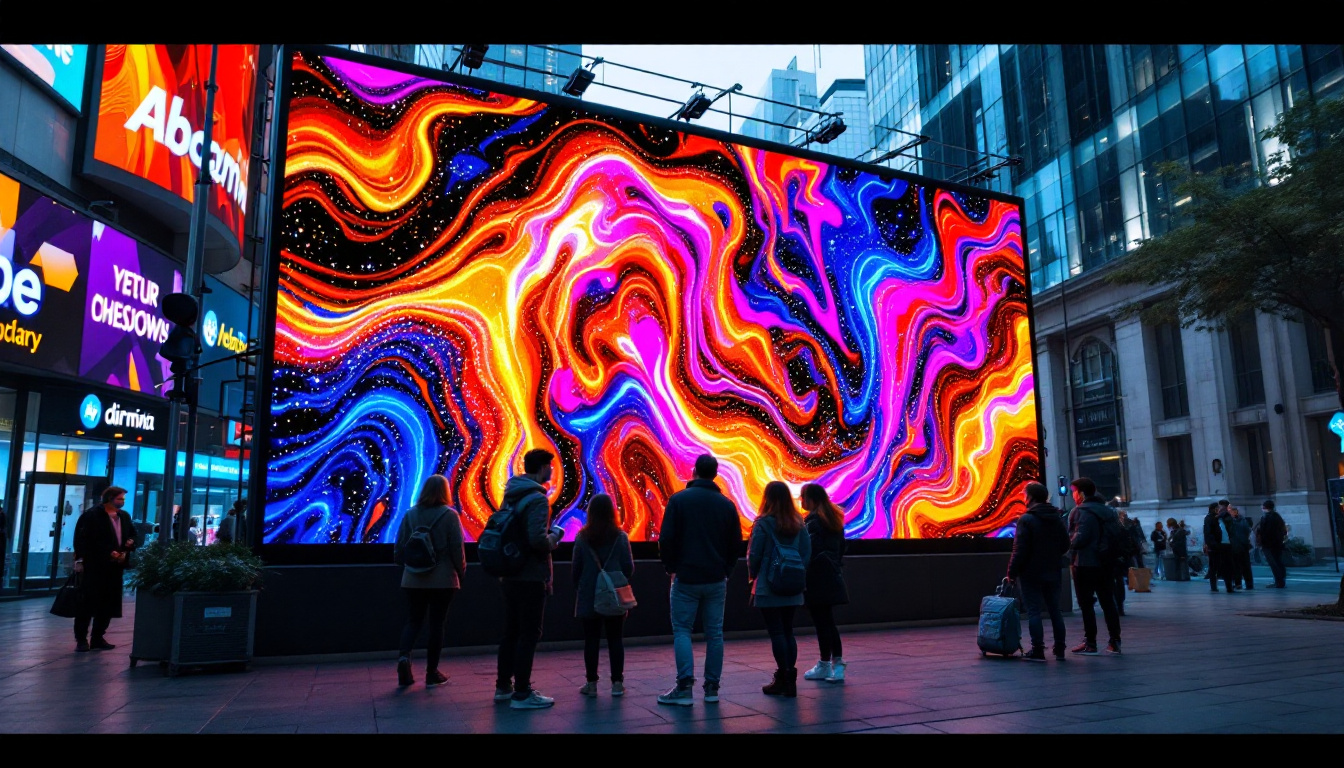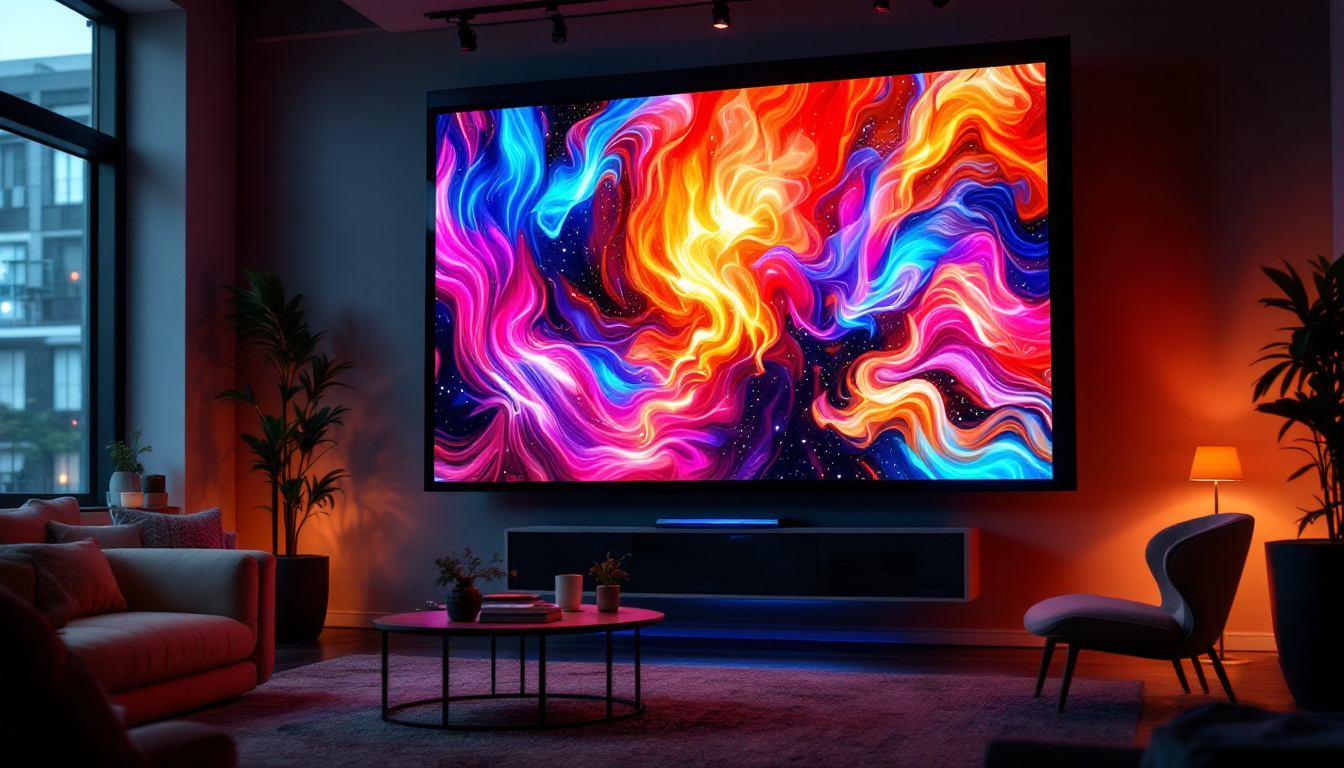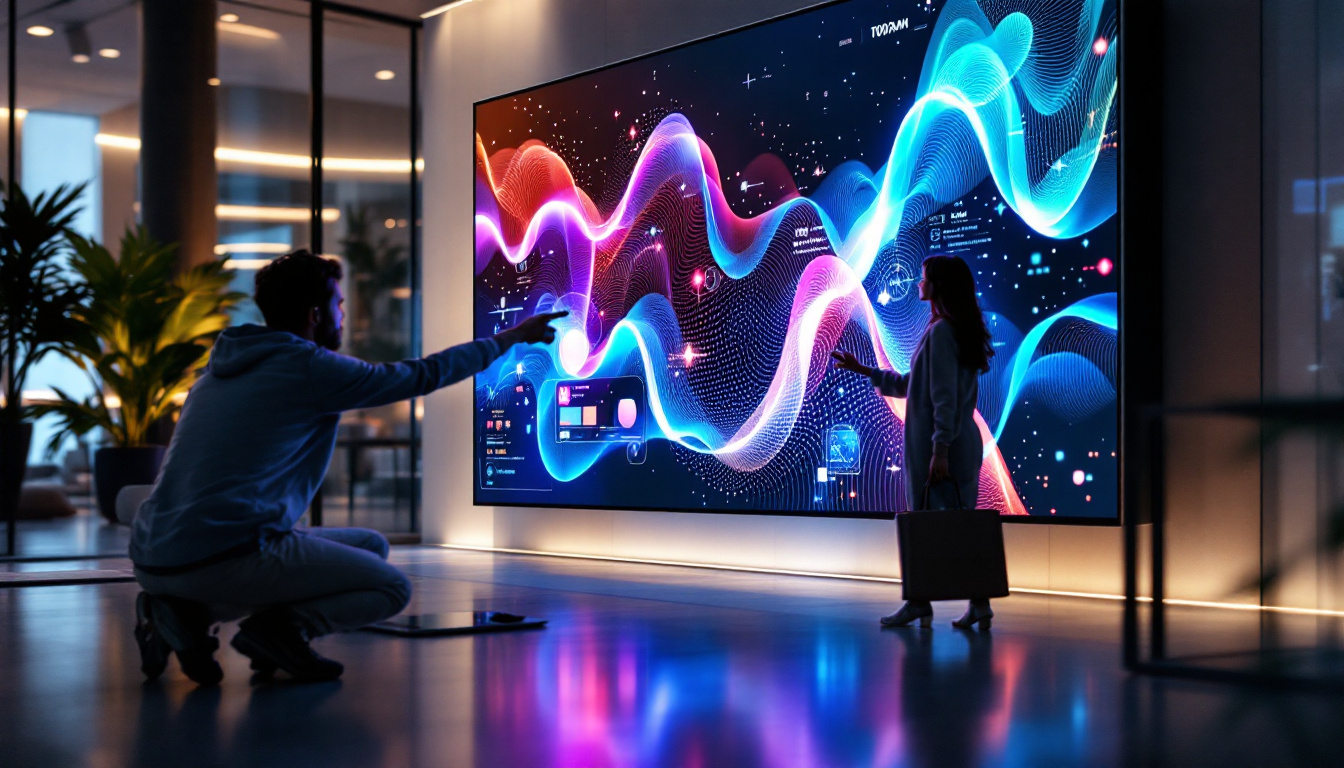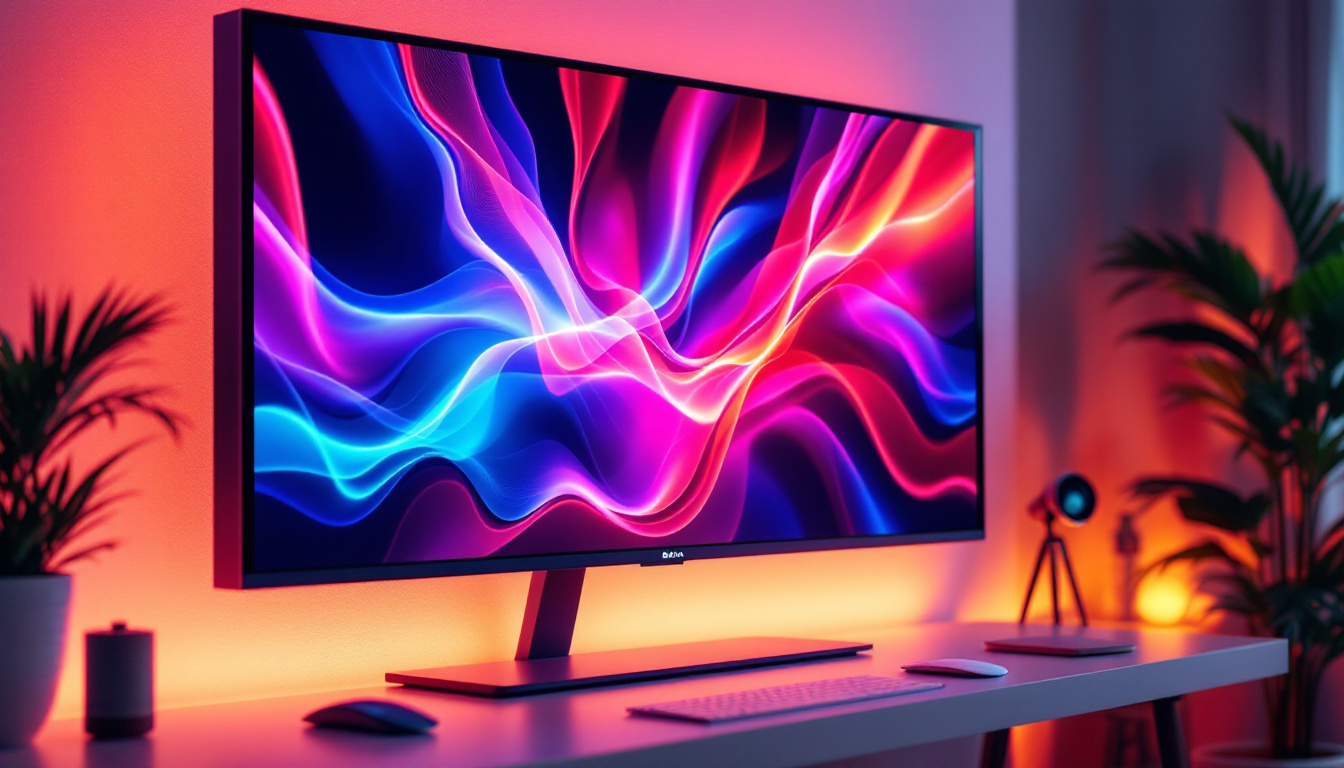In recent years, LED panel lights have gained immense popularity in both residential and commercial settings. These sleek, modern lighting solutions not only enhance the aesthetic appeal of a space but also offer numerous advantages over traditional lighting options. This article delves into the world of LED panel lights, exploring their features, benefits, and applications, while also explaining how they work to create an effective LED display.
Understanding LED Panel Lights
LED panel lights are thin, flat lighting fixtures designed to be mounted on ceilings or walls. They utilize light-emitting diodes (LEDs) as their primary light source, making them highly energy-efficient and long-lasting. Unlike conventional fluorescent lights, which can be bulky and less visually appealing, LED panels offer a sleek and contemporary look that seamlessly integrates into various interior designs. Their versatility allows them to be used in a range of settings, from commercial spaces like offices and retail stores to residential areas such as kitchens and living rooms, enhancing both functionality and aesthetics.
The Technology Behind LED Panels
At the heart of LED panel lights lies advanced technology that allows for efficient light production. LEDs convert electrical energy directly into light, minimizing wasted energy in the form of heat. This efficiency not only reduces electricity bills but also contributes to a lower carbon footprint. Additionally, the longevity of LED lights—often lasting up to 50,000 hours—means less frequent replacements, which further reduces waste and maintenance costs.
LED panel lights typically consist of a light guide plate, a diffuser, and an array of LEDs. The light guide plate helps distribute the light evenly across the surface of the panel, while the diffuser ensures a soft, uniform glow that minimizes glare. This combination results in pleasant illumination that is easy on the eyes. Furthermore, many LED panels are designed to be flicker-free, which is particularly beneficial in environments where prolonged exposure to flickering lights can lead to eye strain and fatigue.
Types of LED Panel Lights
There are several types of LED panel lights available in the market, each designed to cater to specific needs and preferences. The most common types include:
- Edge-Lit Panels: These panels have LEDs positioned along the edges, allowing light to be diffused across the panel surface. They are typically thinner and more lightweight, making them easier to install. Their slim profile makes them an excellent choice for low-ceiling spaces or areas where a minimalist aesthetic is desired.
- Back-Lit Panels: In contrast to edge-lit panels, back-lit panels have LEDs positioned behind the light guide plate. This design often results in a more uniform light distribution and is ideal for spaces requiring high-quality illumination. Back-lit panels are especially popular in settings like conference rooms and classrooms, where consistent lighting is crucial for visibility and focus.
- Smart LED Panels: These innovative panels come equipped with smart technology, enabling users to control brightness, color temperature, and even integrate with home automation systems. This feature allows for customizable lighting experiences, adapting to different activities throughout the day, such as bright, cool light for work tasks and warm, soft light for relaxation in the evening.
Another noteworthy type is the RGB LED panel, which can change colors and create dynamic lighting effects. These panels are particularly popular in creative spaces, such as art studios or entertainment venues, where mood lighting can enhance the overall atmosphere. The ability to adjust colors and brightness not only adds a layer of personalization but also allows for the creation of immersive environments that can transform a space entirely.
Benefits of LED Panel Lights
Switching to LED panel lights can bring a multitude of benefits, making them an attractive option for both homeowners and businesses. Here are some of the key advantages:
Energy Efficiency
One of the most significant benefits of LED panel lights is their energy efficiency. Compared to traditional incandescent or fluorescent lights, LED panels consume significantly less electricity while providing the same or even greater levels of brightness. This efficiency translates into lower energy bills and a reduced environmental impact.
Longevity and Durability
LED panel lights boast an impressive lifespan, often lasting up to 50,000 hours or more. This longevity means less frequent replacements, reducing maintenance costs and waste. Additionally, LED panels are more durable than traditional lighting options, as they are less prone to breakage and damage.
Improved Light Quality
LED panel lights provide high-quality illumination with excellent color rendering capabilities. They can produce a range of color temperatures, allowing users to create the desired ambiance for any space. Furthermore, the uniform light distribution minimizes shadows and glare, contributing to a more comfortable environment.
Applications of LED Panel Lights
LED panel lights are versatile and can be used in a variety of settings. Their sleek design and efficient performance make them suitable for numerous applications:
Commercial Spaces
In commercial settings, LED panel lights are commonly used in offices, retail stores, and hospitals. Their energy efficiency and low maintenance requirements make them an ideal choice for businesses looking to reduce operational costs. Moreover, the modern aesthetic of LED panels can enhance the overall look of a commercial space, creating a welcoming atmosphere for customers and employees alike.
Residential Use
Homeowners are increasingly opting for LED panel lights in kitchens, living rooms, and bedrooms. These fixtures can be installed in ceilings, providing ample illumination without taking up valuable space. Additionally, many LED panels are available in various designs and finishes, allowing homeowners to choose options that complement their interior decor.
Educational Institutions
Schools and universities benefit from the energy efficiency and longevity of LED panel lights. Classrooms, libraries, and hallways can be brightly lit without incurring high energy costs. Furthermore, the quality of light provided by LED panels can enhance learning environments, making them more conducive to studying and collaboration.
Installation and Maintenance
Installing LED panel lights is generally straightforward, especially for those familiar with basic electrical work. However, it is advisable to consult a professional electrician for proper installation to ensure safety and compliance with local regulations.
Installation Process
The installation process typically involves the following steps:
- Turn off the power supply to the area where the panel will be installed.
- Remove any existing light fixtures and prepare the mounting surface.
- Connect the LED panel to the electrical supply, ensuring proper wiring and connections.
- Secure the panel in place, either flush against the ceiling or suspended, depending on the design.
- Restore power and test the panel to ensure it is functioning correctly.
Maintenance Tips
One of the key advantages of LED panel lights is their low maintenance requirements. However, a few simple practices can help ensure their longevity:
- Regular Cleaning: Dust and dirt can accumulate on the surface of LED panels, affecting their performance. Regularly wipe the panels with a soft, damp cloth to keep them clean.
- Avoid Overheating: Ensure that the panels are installed in well-ventilated areas to prevent overheating, which can shorten their lifespan.
- Monitor for Flickering: If flickering occurs, it may indicate a problem with the electrical supply or the panel itself. Address any issues promptly to avoid further complications.
Choosing the Right LED Panel Light
With a plethora of options available, selecting the right LED panel light can be overwhelming. Here are some factors to consider when making a choice:
Brightness and Lumens
The brightness of LED panel lights is measured in lumens. Depending on the intended use of the space, it is essential to choose a panel that provides adequate illumination. For example, areas requiring focused tasks, such as kitchens or offices, may benefit from higher lumen outputs, while ambient lighting in living rooms might require less.
Color Temperature
Color temperature is another critical factor to consider. Measured in Kelvin (K), color temperature affects the ambiance of a space. Warmer tones (2700K-3000K) create a cozy atmosphere, while cooler tones (4000K-5000K) are more energizing and suitable for work environments. Understanding the desired mood can guide the selection process.
Design and Aesthetics
LED panel lights come in various designs, shapes, and finishes. Consider the overall decor of the space when choosing a panel. Options include square, rectangular, and circular designs, as well as different frame materials and colors. A well-chosen panel can enhance the visual appeal of the room.
Future of LED Panel Lights
The future of LED panel lights appears bright, with ongoing advancements in technology and design. As energy efficiency and sustainability become increasingly important, LED lighting solutions are likely to dominate the market.
Integration with Smart Technology
Smart LED panel lights are already making waves in the industry, allowing users to control their lighting through smartphones or voice-activated devices. As technology continues to evolve, it is expected that more innovative features will be integrated into LED panels, such as automated dimming, color changing, and even mood-setting capabilities.
Sustainable Practices
With a growing emphasis on sustainability, manufacturers are focusing on producing LED panel lights using eco-friendly materials and processes. This shift not only reduces the environmental impact of production but also aligns with the values of consumers who prioritize sustainability in their purchasing decisions.
Conclusion
LED panel lights are revolutionizing the way spaces are illuminated, offering a blend of energy efficiency, longevity, and aesthetic appeal. Their versatility makes them suitable for a wide range of applications, from commercial to residential settings. As technology continues to advance, the future of LED panel lights looks promising, with innovations that will further enhance their performance and integration into smart environments.
Whether upgrading existing lighting or designing a new space, LED panel lights present an excellent solution that combines functionality with modern design. Embracing this technology not only leads to cost savings but also contributes to a more sustainable future.
Illuminate Your Space with LumenMatrix
Ready to elevate your environment with the latest in LED technology? LumenMatrix is at the forefront of LED display innovation, offering a wide array of solutions tailored to your needs. From mesmerizing Indoor LED Walls to dynamic Outdoor Displays, and from versatile Vehicle LED Displays to sleek LED Posters, our products are designed to captivate and engage. Experience the transformative power of LED displays and let LumenMatrix help you communicate your message with unparalleled clarity and impact. Check out LumenMatrix LED Display Solutions today and light up your world with brilliance.

